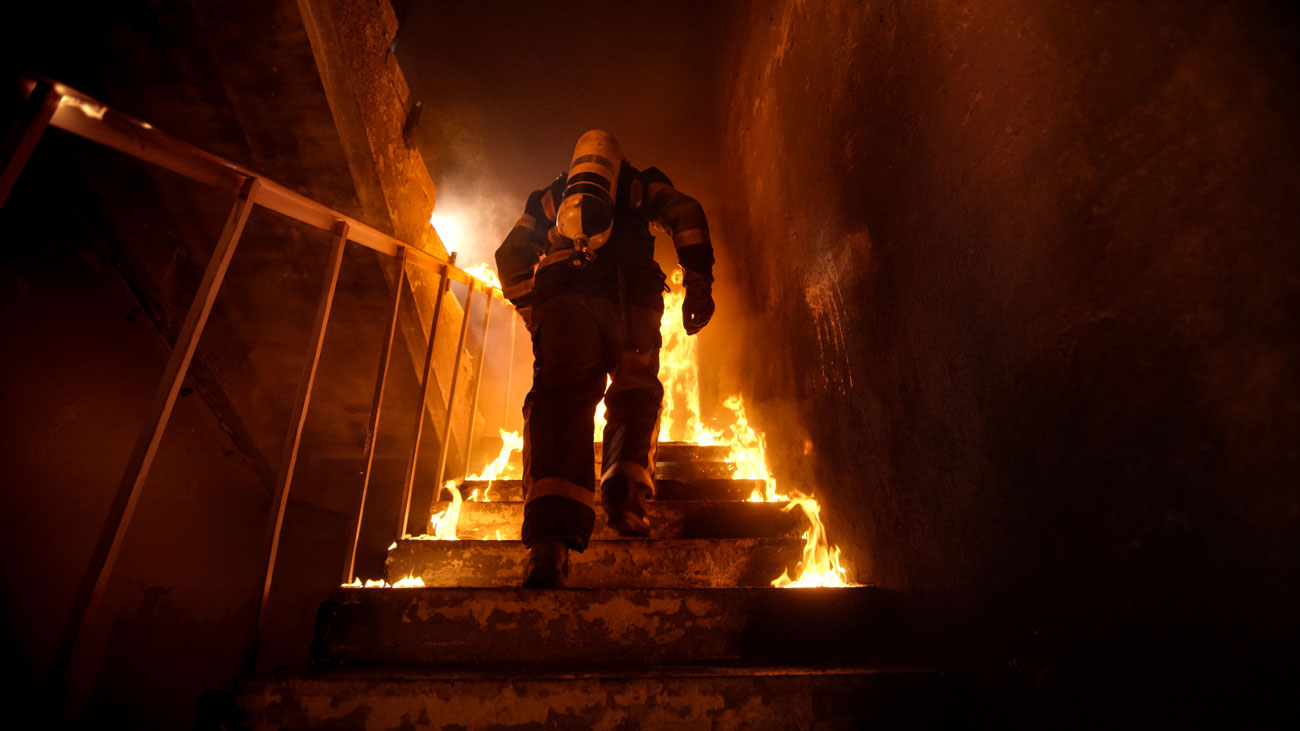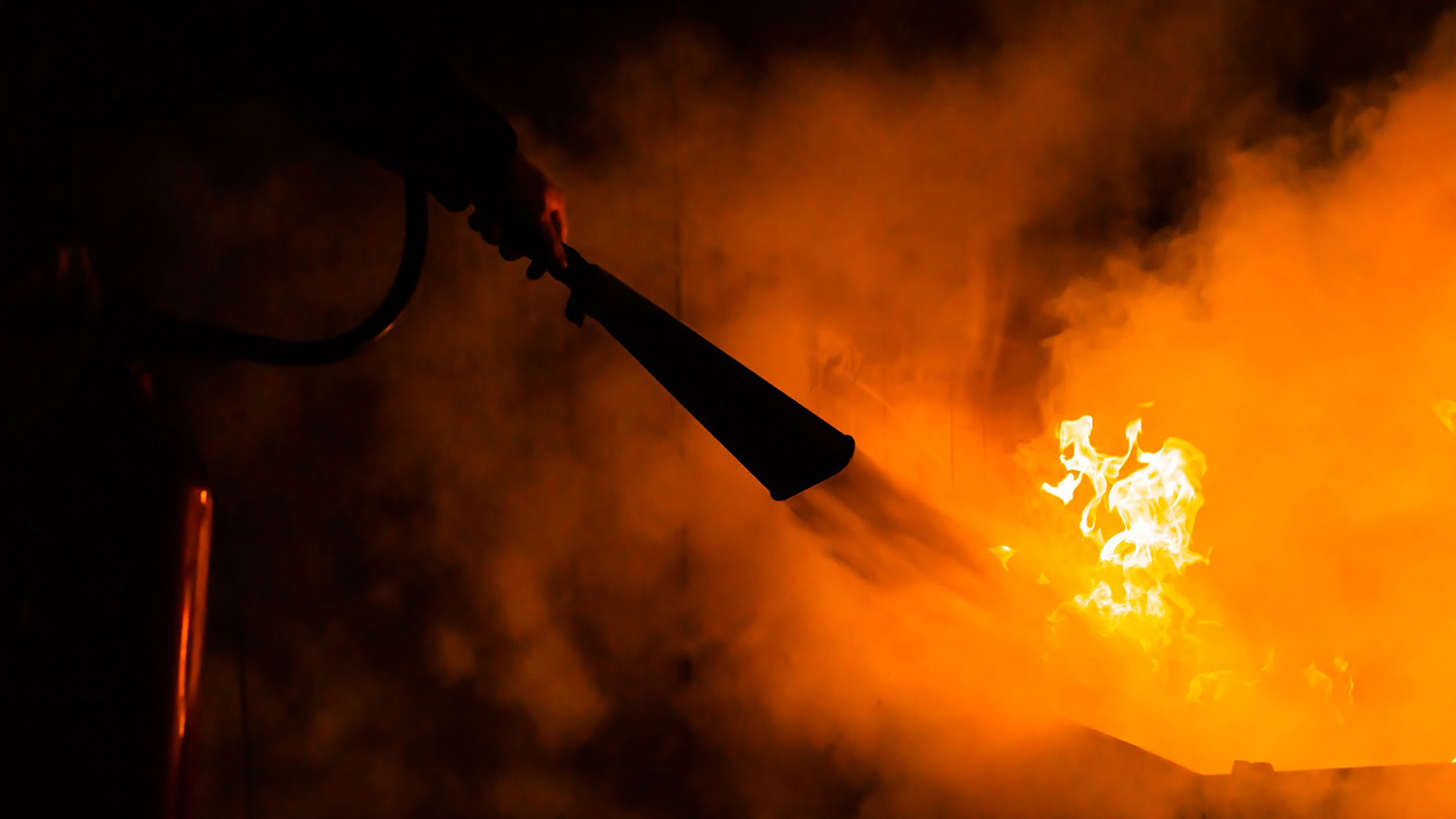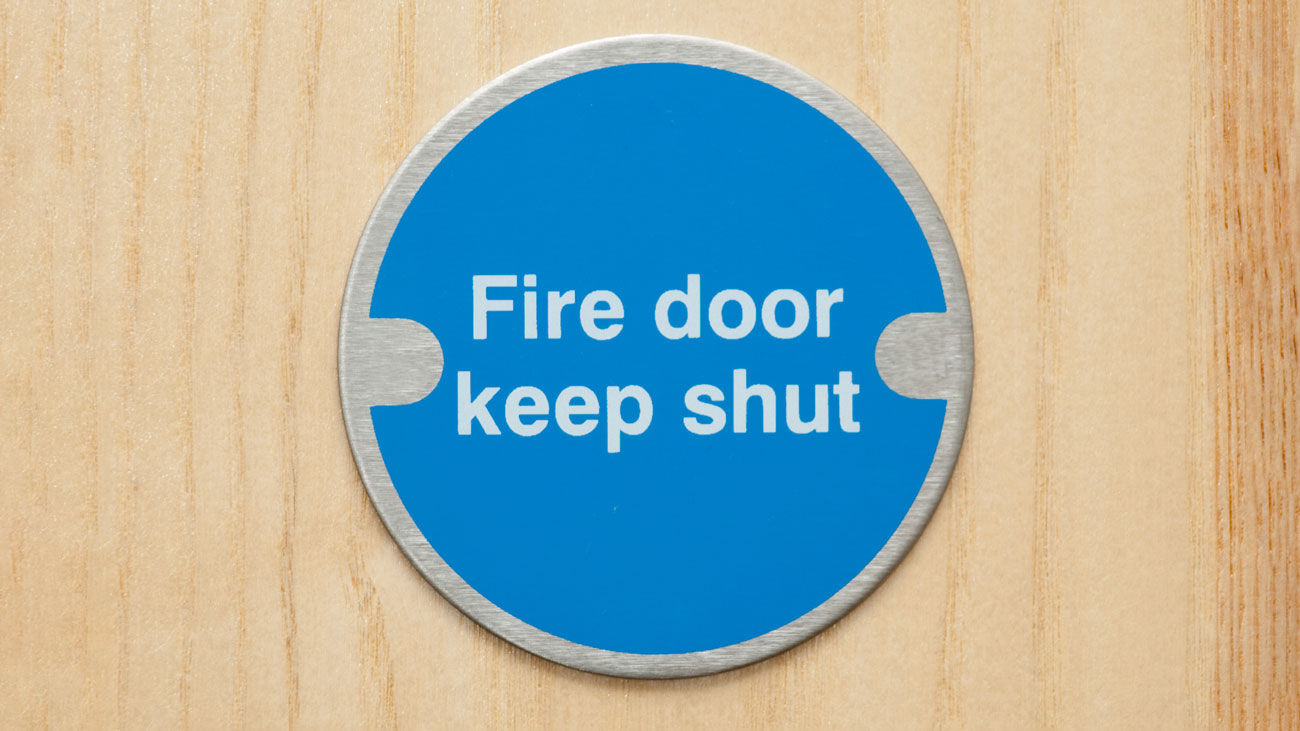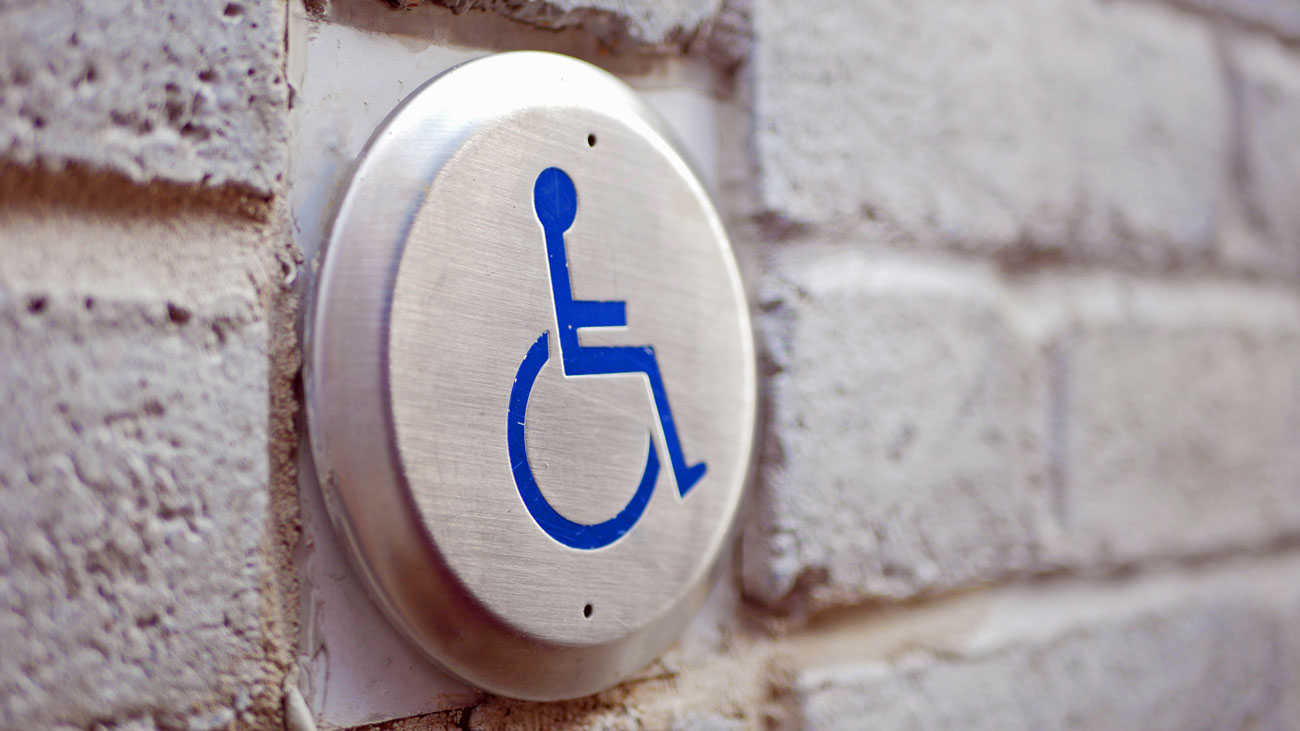
Briefing: Fire Safety Act 2021: Information on commencement of sections 1 and 3 of the Fire Safety Act
Sections 1 and 3 of the Fire Safety Act commenced on 16 May 2022. In the case of multi-occupied residential buildings, the Fire Safety Act puts beyond doubt that structure, external walls and flat entrance doors fall within the scope of the Fire Safety Order. The Fire Safety Act will require Responsible Persons to ensure that these elements are included in their fire risk assessments, if they have not been covered already. This briefing looks at the key elements.
Fire risk assessments
A fire risk assessment is required by the Fire Safety Order to assess fire safety risks relevant to both workplaces and buildings with two or more sets of domestic premises. It is the duty of the Responsible Person to ensure that this is carried out, although they may appoint someone on their behalf, such as a competent fire risk assessor, to carry it out.
Legal requirements of the Fire Safety Act
Section 1 of the Fire Safety Act clarifies that where a building contains two or more sets of domestic premises, the Responsible Person must take account of structure, external walls and flat entrance doors in a fire risk assessment. The Fire Safety Act amends article 6 of the Regulatory Reform (Fire Safety) Order Act 2005 in this regard.
Section 3 of the Fire Safety Act makes clear that if a Responsible Person has followed the article 50 commencement guidance, which can also include use of the Fire Risk Assessment Prioritisation Tool, then they may then be able to use evidence of this compliance to demonstrate that they have met with their obligations under the Fire Safety Order (specifically the elements clarified by the Fire Safety Act). If a Responsible Person has not complied with the guidance or the prioritisation tool they may need to provide alternative evidence of how they have complied with this aspect of their Fire Safety Order obligations.
Where the Responsible Person has already updated their fire risk assessment to include external walls
For many buildings, particularly high rise, we expect that Responsible Persons will already be aware of the composition of external walls and will have updated their fire risk assessment and have taken, or will take action to mitigate any risk.
Where this assessment has been carried out, for multi-occupied residential buildings of any height, the fire risk assessment does not need to be updated again other than after a review as required by article 9 of the Fire Safety Order.
Where the fire risk assessment has not already been updated to include external walls
The Responsible Person, or competent fire risk assessor acting on their behalf, should undertake a visual inspection of the external walls.
In many cases it will be manifestly obvious through a visual inspection that the risk to life from external fire spread is not such as to warrant a PAS 9980 assessment. This is particularly true in buildings with brick or masonry external walls or low risk buildings which do not present any significant risk of fire spread. In these cases, the fire risk assessor will normally address compliance of external wall construction with the Fire Safety Order as part of the routine fire risk assessment process.
A more detailed fire risk appraisal of the external walls under PAS 9980 may be required if, for example, there is a known or suspected risk from the form of construction used for the external wall, such as the presence of combustible materials used for cladding or external wall insulation.
Where a more detailed fire risk appraisal is required the Fire Risk Assessment Prioritisation Tool may be used to determine the urgency of the inspection. In cases where a more detailed assessment is required, a competent person should be appointed. PAS 79-2:20202 and PAS 9980 provide guidance.
Capacity of qualified professionals to conduct fire risk appraisals of external walls
To support implementation of the Fire Safety Act, a new Fire Risk Assessment Prioritisation Tool has been developed to help Responsible Persons identify which buildings should have appraisals carried out as a priority. You can access the fact sheet on the Fire Risk Assessment Prioritisation Tool and the Fire Safety Act commencement prioritisation guidance.
External wall information sharing obligations on Responsible Persons
The Fire Safety (England) Regulations 2022 will make it a legal requirement for Responsible Persons of existing high-rise residential buildings in England to provide their local fire and rescue service with information about the design and materials of the building’s external walls and to inform their local fire and rescue service of any material changes made to them. More detail on this information sharing requirement is contained in the fact sheet on design and materials of external walls.
Residential buildings in scope of the Fire Safety Order
Any building with two or more domestic premises, and with a shared common area (internal or external), falls within the scope of the Fire Safety Order. It is recommended that the Fire Risk Assessment Prioritisation Tool is used by Responsible Persons to determine how soon fire risk assessments should be updated in relation to external wall construction.
Maisonettes
Responsible Persons should consider or take advice on whether maisonettes (noting these are referred to in different terms in other parts of England) should have a fire risk assessment. This should be considered against the definition of ‘domestic premises’ provided in article 2 of the Fire Safety Order noting that domestic premises (that is, individual flats) do not fall within scope of the Fire Safety Order.
Where a Responsible Person considers that a fire risk assessment, including the external walls, is required, they should consider its level of prioritisation based on a range of fire safety factors (for example, presence of smoke alarms, evacuation and cladding). Use of the Fire Risk Assessment Prioritisation Tool may be helpful in informing Responsible Persons how soon such fire risk assessments should be updated.
Structure
The intention for inclusion of ‘structure’ within the Fire Safety Act is that there should be a visual inspection of the construction and layout of the building on the basis that it will have been built to resist early structural collapse in the event of a fire.
Intrusive inspections are only required if the fire risk assessor has serious concerns about the structural fire protection of the building.





